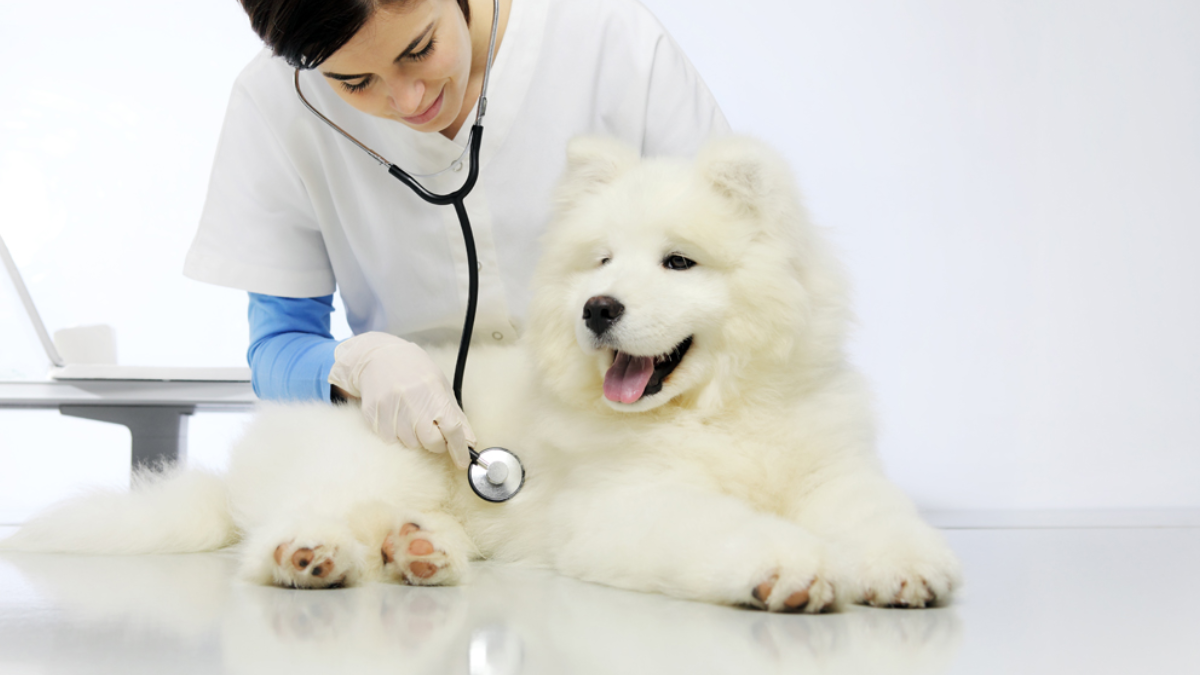Navigating Veterinary Watchdog Systems: A Pet Owner's Perspective

Table of Contents
Understanding Veterinary Watchdog Systems
What are Veterinary Watchdog Systems?
Veterinary watchdog systems are the mechanisms in place to oversee the conduct of veterinary professionals and ensure compliance with ethical standards and regulations. These systems involve various organizations working together to maintain high standards of animal care. They investigate complaints, enforce regulations, and take action against veterinarians who violate these standards. The organizations involved typically include:
- State Veterinary Licensing Boards: These boards are government agencies responsible for licensing veterinarians within their state and enforcing professional conduct standards. They often have the authority to issue warnings, fines, or revoke licenses for serious misconduct.
- Professional Veterinary Associations: Organizations like the American Veterinary Medical Association (AVMA) often have their own codes of ethics and processes for addressing complaints against their members, although their disciplinary powers might be less stringent than state boards.
- Consumer Protection Agencies: Depending on the nature of the complaint (e.g., billing disputes), consumer protection agencies at the state or federal level may also be involved.
Finding the specific organizations responsible for veterinary oversight in your area requires a simple online search for "[Your State] Veterinary Licensing Board" or similar terms.
How do these Systems Work?
The process of filing a veterinary complaint generally involves the following steps:
- Filing a Formal Complaint: This usually requires submitting a written complaint detailing the incident, including dates, times, and all relevant information.
- Investigation: The regulatory body will investigate the complaint, which may include reviewing medical records, interviewing witnesses (including the veterinarian and the pet owner), and potentially conducting site visits.
- Potential Outcomes: Depending on the findings of the investigation, possible outcomes range from a warning letter to fines, probation, or even license revocation in cases of severe negligence or misconduct. The process can be time-consuming, sometimes taking several months or even longer.
Strong evidence is crucial for a successful complaint. This includes:
- Comprehensive medical records
- Detailed witness statements
- Photographs or videos documenting injuries or evidence of neglect
- Communication logs (emails, texts, appointment confirmations)
Finding the Right System for Your Complaint
Determining which regulatory body to contact depends on the nature of your complaint. For example:
- Medical malpractice or negligence: Contact your state's veterinary licensing board.
- Unprofessional conduct (rude behavior, poor communication): This might be handled by either the licensing board or the relevant professional association.
- Billing disputes: You may need to involve consumer protection agencies.
It's essential to research the appropriate channels before submitting your complaint to ensure your concern is addressed efficiently. Check your state's veterinary board website for details on filing a complaint and the types of complaints they handle.
Common Reasons for Filing a Complaint
Medical Malpractice and Negligence
Veterinary malpractice involves professional negligence that results in harm to your pet. This can include:
- Misdiagnosis leading to delayed or inadequate treatment.
- Errors during surgery or procedures.
- Failure to provide appropriate aftercare instructions.
- Overlooking or misinterpreting critical symptoms.
If you suspect malpractice, always seek a second opinion from another veterinarian to corroborate your concerns.
Unprofessional Conduct and Ethical Violations
Beyond medical errors, unprofessional conduct can significantly impact your pet's well-being and your experience. Examples include:
- Rude or dismissive behavior towards you or your pet.
- Lack of communication regarding your pet's condition or treatment plan.
- Excessively high or unexplained billing practices.
- Inadequate or negligent care, such as neglecting to provide proper pain management.
These actions erode trust and can lead to dissatisfaction and inadequate treatment for your pet.
Lack of Transparency and Communication
Open and honest communication between veterinarians and pet owners is vital for effective veterinary care. A lack of transparency can lead to:
- Uncertainty about your pet's health status.
- Misunderstandings regarding treatment options.
- Dissatisfaction with the overall care received.
Ensure your veterinarian clearly explains diagnoses, treatment plans, potential risks, and costs. If communication is inadequate, it's grounds to address your concerns formally.
Protecting Yourself and Your Pet
Document Everything
Meticulous record-keeping is crucial in case you need to file a complaint. Maintain detailed records of:
- All veterinary visits, including dates, times, and descriptions of the visit.
- All treatments, medications, and procedures performed.
- All communications (emails, phone calls, text messages) with the veterinarian's office.
Keep a dedicated notebook or digital file to store this information securely.
Seek Second Opinions
For complex or concerning medical situations, obtaining a second opinion is a wise precaution. A second veterinarian can offer an independent assessment of your pet's condition and treatment plan, adding strength to any potential complaint.
Know Your Rights as a Pet Owner
You have the right to expect competent, compassionate, and ethical care for your pet. You have the right to ask questions, seek clarification, and express your concerns. Don't hesitate to advocate for your pet's well-being. If you encounter problems, understand your rights under state and local regulations, and don't be afraid to seek further assistance.
Conclusion
Navigating veterinary watchdog systems might seem daunting, but understanding the process empowers you to ensure your pet receives the best possible care. By documenting visits, seeking second opinions when necessary, and knowing your rights, you can effectively advocate for your pet's well-being. Remember to thoroughly investigate your local veterinary complaints process and relevant regulatory bodies. Learn more about navigating veterinary watchdog systems today and safeguard your pet's health!

Featured Posts
-
 Cybercriminals Office365 Executive Account Hacks Result In Multi Million Dollar Loss
May 31, 2025
Cybercriminals Office365 Executive Account Hacks Result In Multi Million Dollar Loss
May 31, 2025 -
 A Rapid Review Of Molly Jongs Memoir How To Lose Your Mother
May 31, 2025
A Rapid Review Of Molly Jongs Memoir How To Lose Your Mother
May 31, 2025 -
 Trumps Changing Opinion Of Musk A Cnn Data Chiefs Insight
May 31, 2025
Trumps Changing Opinion Of Musk A Cnn Data Chiefs Insight
May 31, 2025 -
 Munguias Positive Testosterone Test Surace Demands Win Overturned
May 31, 2025
Munguias Positive Testosterone Test Surace Demands Win Overturned
May 31, 2025 -
 The Real Deal In Dragons Den Separating Fact From Fiction
May 31, 2025
The Real Deal In Dragons Den Separating Fact From Fiction
May 31, 2025
